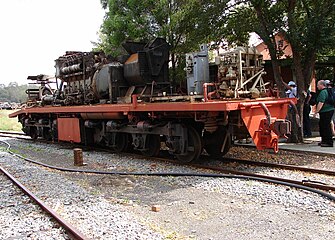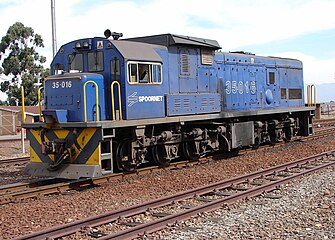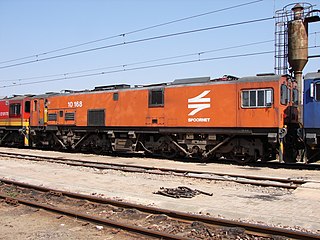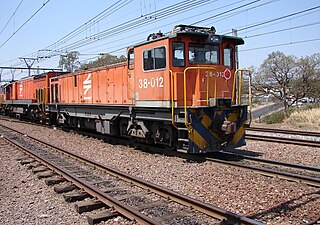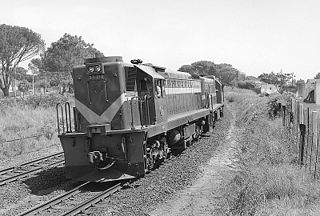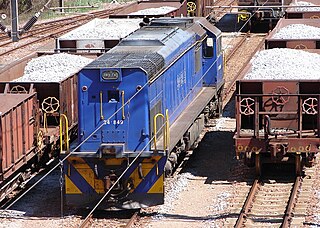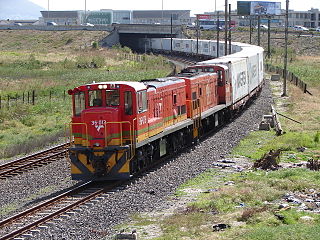| South African Class 35-000 | |||||||||||||||||||||||||||||||||||||||||||||||||||||||||||||||||||||||||||||||
|---|---|---|---|---|---|---|---|---|---|---|---|---|---|---|---|---|---|---|---|---|---|---|---|---|---|---|---|---|---|---|---|---|---|---|---|---|---|---|---|---|---|---|---|---|---|---|---|---|---|---|---|---|---|---|---|---|---|---|---|---|---|---|---|---|---|---|---|---|---|---|---|---|---|---|---|---|---|---|---|
 No. 35-020 in Transnet Freight Rail livery, Saldanha, Western Cape, 10 February 2013 | |||||||||||||||||||||||||||||||||||||||||||||||||||||||||||||||||||||||||||||||
| |||||||||||||||||||||||||||||||||||||||||||||||||||||||||||||||||||||||||||||||
| |||||||||||||||||||||||||||||||||||||||||||||||||||||||||||||||||||||||||||||||
| |||||||||||||||||||||||||||||||||||||||||||||||||||||||||||||||||||||||||||||||
| |||||||||||||||||||||||||||||||||||||||||||||||||||||||||||||||||||||||||||||||
The South African Railways Class 35-000 of 1972 is a diesel-electric locomotive.
Contents
- Manufacturer
- Class 35 series
- GE and GM-EMD designs
- Distinguishing Features
- Service
- South African Railways
- Zambia
- NLPI Ltd.
- Works numbers
- Liveries
- Illustration
- References
Between March 1972 and May 1973, the South African Railways placed seventy Class 35-000 General Electric type U15C diesel-electric locomotives in branch line service. [1] [2]



